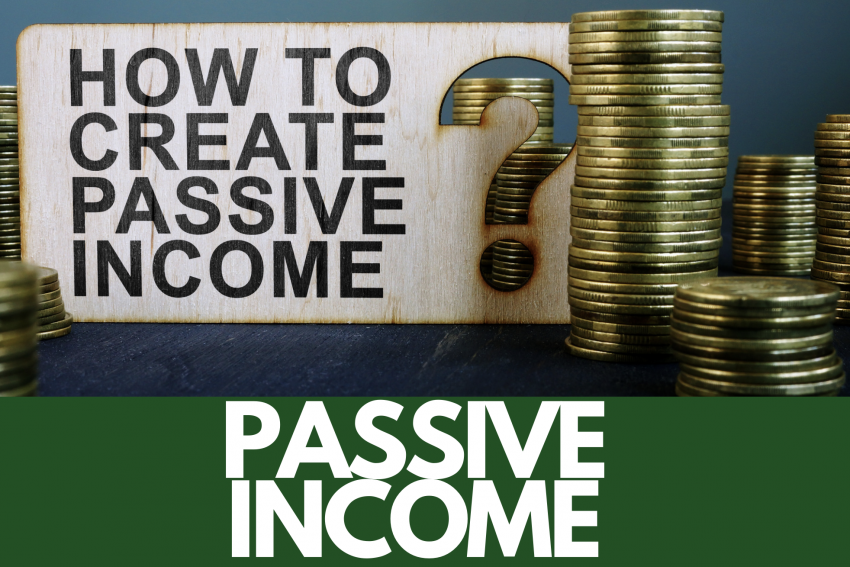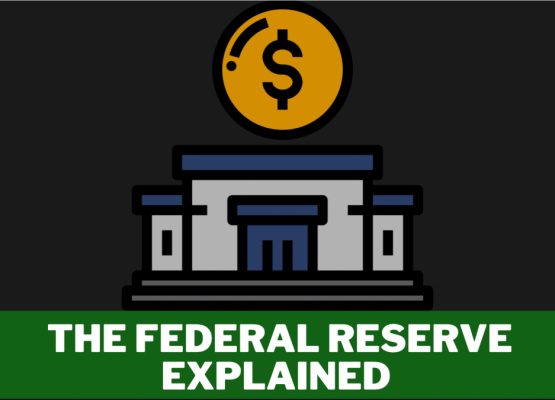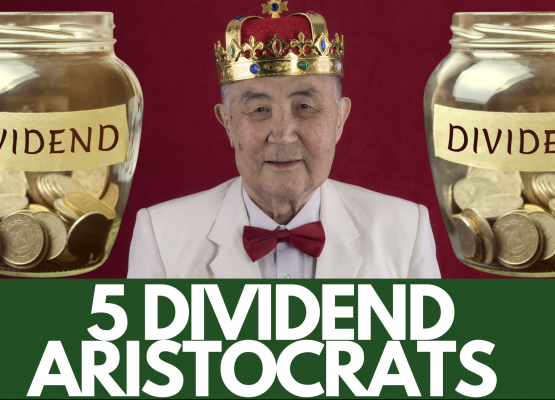In the ever changing world of the financial industry (including fintech and AI), Wall Street and banking, the quest for passive income remains a primary consideration for many investors who are aiming to build long-term wealth. Passive income, in terms of the general definition, can be defined as earnings from an enterprise, which could include income from a rental property, limited partnership, or other enterprises, in which an individual is not actively involved.
Over the years, the channels through which investors can earn passive income have expanded significantly, especially with the rise of the digital economy and artificial intelligence. Thus, moving from traditional dividend income, to more modernized concepts, including digital real estate, can be challenging or easy depending upon the specific investor, along with their technical skills.
This article explores the ever changing evolution of passive income streams, offering insights into how you can navigate this landscape today, in order to maximize your cash flow in the future, based upon your very specific long-term investment goals.
Traditional Passive Income Streams: A Variety of Investment Strategies
Historically, passive income has been associated with assets including dividend-yielding stocks, bonds, and real estate investments. Dividend paying stocks, in particular, have been a favorite among investors, both for offering capital appreciation, along with regular income.
Bonds, although they may offer lower returns relative to stocks, can provide a steady stream of income with potentially lower risk. Real estate investments, on the other hand, offer the possibility of rental income alongside appreciation in property value. Finally, the rise of online stock brokerages and the digital economy has made it incredibly easy to access real estate investment trusts (REITs), which are traded like stocks, but invest in real estate.
Traditional methods have stood the test of time for a reason: they provide both a tangible sense of security, along with predictability in terms of generating regular income. However, some of these investments may still require significant initial capital, especially when considering the case of physical real estate or rental properties, as an example.
The Rise of Digital Assets: A New Frontier for Passive Income
As we discussed above, as technology advances, the landscape of passive income has also evolved, which has introduced investors and those interested in earning a regular income through a side hustle to the concept of digital real estate and online income-generating ventures.
Digital real estate, in the broad sense of the term, can refer to owning digital assets that generate income, such as fully monetized websites and YouTube channels, flipping domain names, or building mobile apps. Similar to physical real estate, these assets can appreciate in value and can be rented out or even sold at a profit (potentially sell the website, app or business you have built).
Another booming area (especially recently with Bitcoin’s new all time high), in the digital domain is cryptocurrency staking and yield farming, which can allow you to earn passive income by locking up digital assets in a blockchain network to support its operations. These methods offer higher potential returns, but additionally come with a higher risk, due to the volatility and some of the ongoing regulatory uncertainties of the crypto market.
Combining Traditional and Digital Strategies for Diversified Passive Income
One of the main keys to a successful passive income portfolio lies in diversification. By combining traditional investments such as dividend stocks and real estate with digital assets, you can mitigate risks while tapping into multiple income streams. This hybrid approach allows for the stability of traditional assets to balance the higher risk, higher reward nature of digital ventures.
For instance, depending upon your risk tolerance and investment goals, you might consider allocating a portion of your portfolio to both dividend stocks and real estate investment trusts (REITs), and another portion to developing a niche website, or perhaps investing in high-yield crypto staking programs.
Additionally, you might consider trying to earn some passive income with the options wheel strategy, which involves selling cash secured puts and covered calls for passive income against your investment portfolio(s).
The point is that with diversification, you can spread out your risk, and additionally open up more opportunities to help you achieve higher returns in the long run.
Navigating the Digital Passive Income Space: Tips and Strategies
- Research and Due Diligence: Whether you’re investing in a dividend stock, utilizing options, or building your own digital assets or online business, be sure to thoroughly research and perform due diligence on your endeavor. Be sure you understand what you are getting yourself into, the time and capital commitment for such a strategy, and additionally understand the income-generating potential, risks, and market trends.
- Start Small and Scale Up: Especially in digital ventures, start with a manageable investment and scale up as you gain more understanding and confidence in the space.
- Focus on Quality: In digital real estate, quality content and user experience are key. A well-designed website or app, for example (such as this one, wink wink!) that offers valuable information or services is more likely to generate consistent income.
- Stay Updated on Trends: The digital investment landscape is rapidly evolving. Staying informed about the latest trends and regulatory changes can help you make timely adjustments to your strategy.
- Diversify: Don’t put all your eggs in one basket. A mix of both traditional (stocks, bonds, real estate) and digital income streams (websites, apps, etc.) can help mitigate the risks associated with one single income stream.
Looking Ahead: The Future of Passive Income
As we look to the future, the opportunities for generating passive income are likely to grow even further. Innovations in blockchain, the expansion of the gig economy, and the continual evolution of the internet open new avenues for investors and savvy entrepreneurs. However, with new opportunities additionally comes new challenges, including navigating new industries, and understanding emerging technologies.
The essence of passive income strategies remains unchanged: to build wealth without the active, day-to-day involvement that traditional income requires. By staying informed, diversified, and strategic, you can navigate the landscape of passive income generation, leveraging both traditional and digital assets to build your future.
Conclusion
The evolution of passive income, from dividends to digital real estate, reflects the broader shifts in the global economy and technology landscape. For those who are willing to explore beyond traditional avenues, the digital world offers a significant number of opportunities to generate income.
However, the principles of investing, including research, risk management, and diversification—remain as relevant as ever. By embracing both the old and the new, you can craft a passive income strategy that is both resilient and dynamic, tailored to the many opportunities the 21st century has to offer!




